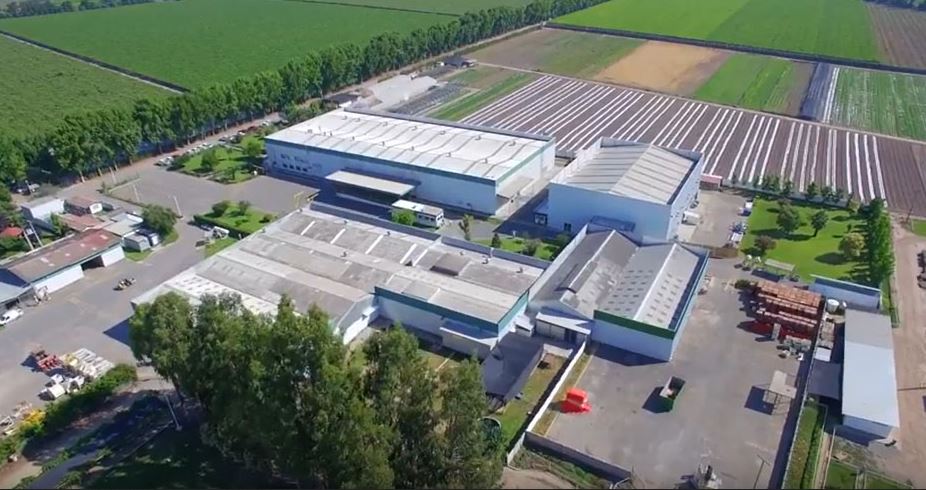Monsanto selects SORTEX technology to increase productivity at its South American seed business.
The Viluco plant, one of six Monsanto seed facilities around the world, and the largest in South America, handles more than 500 seed varieties from 19 vegetable species. As well as seed cleaning and treatment, the plant carries out germination testing and variety purity tests also known as Purity Grow Out, before packaging and distributing its high-quality seeds to more than 20 countries on five continents. This accounts for a large proportion of Chile’s US $150 million seed exports per year and as such plays a vital role in the country’s economy.
Monsanto took delivery of the SORTEX optical sorter earlier this year and is reaping the rewards of using sophisticated technology. Ensuring high-quality seeds was one of the company’s main objectives and because of the accuracy of the advanced Bühler inspection system, it has been able to eliminate weeds and unwanted seeds – even those with the subtlest color defects – that could not be removed with competitor equipment. According to the company, all contaminants, including brassica campestris, which was previously impossible to eliminate from brassica crops, can now be removed, enabling Monsanto to improve the purity of its seeds.
Minimising the loss of ‘good’ seeds was another priority for Monsanto when selecting an optical sorting supplier. With the previous technology good seed rejection rates were as high as five percent but due to the precision of Bühler’s high-speed ejection technology, it has dropped to one percent – a significant decrease when taking into account that some seeds are worth hundreds of dollars per pound.
Decreasing operational time was a further requirement for Monsanto when investing in Bühler’s sorting equipment. Previously seeds would be passed through the sorter numerous times before they met specifications; for example, a carrot seed, which is the most difficult to clean, would require six to seven passes. Now, with the precision of the SORTEX A MultiVision, the process takes two to three passes.
A prerequisite for further reducing operating time was to have a quick and easy product changeover, particularly since the business processes more than 500 seed varieties. Until now the team could have spent up to two days changing filters and lamps, to enable them to start sorting a different seed type. If the seeds required manual cleaning, this could take a week. The SORTEX A MultiVision is pre-programmed so that changeovers are automatic and can be completed in a couple of hours, rather than days, without the need for costly machine downtime.
Uriel Agustin Tosco, president of Sortechnology SPA, South America, explains more about why Monsanto chose SORTEX technology: “Monsanto is increasing production at Viluco in line with its changing distribution model that sees it processing more product in the region in which it will be sold. This means it needed sorting technology that rejected the least amount of good product, required fewer passes through the sorter and is capable of much greater accuracy in detecting defects.
“Monsanto trialed several different brands of sorter, discovering that Bühler offered the most accurate and efficient sort. Aside from the level of rejected good seed falling, the SORTEX A MultiVision has also significantly reduced operational times in terms of the number of passes certain seed varieties require before they meet specifications. At the same time, Bühler’s SORTEX technology is able to automatically adjust to different seed types without the need for several days downtime while the sorter is cleaned.”
Pablo Rosales, Viluco Site and Plant Operations Lead, says: “The SORTEX A allows us to meet the highest quality requirements in the world market and drive our production capacity and throughput per hour. The flexibility and versatility of the technology allows us to easily switch between seeds, while maintaining a very low concentration of rejected good seeds.”











